Honoring Marion Dougherty, Who Made Movie Stars but Often Got No Credit
The casting director, who died in 2011, discovered or jump-started the careers of many of today's biggest Hollywood names, and she was known for placing African-Americans in parts intended for white actors. Yet her own name is missing from many of her most famous projects.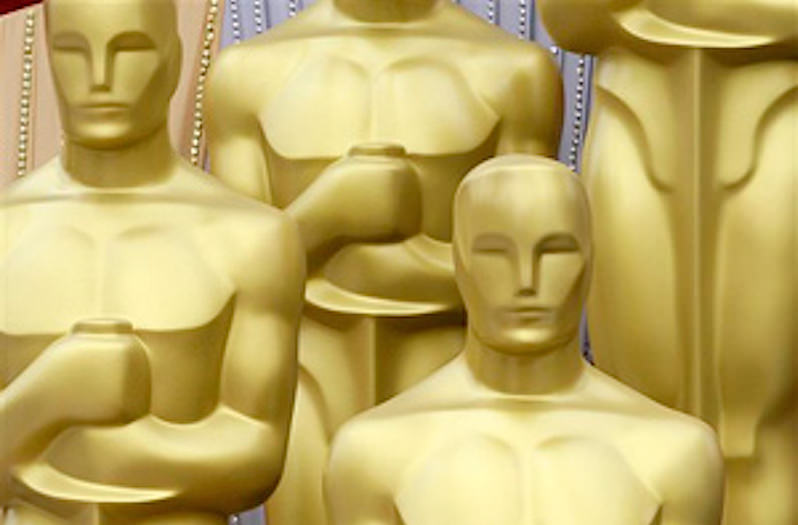 Amy Sancetta / AP
Amy Sancetta / AP
Amy Sancetta / AP
You don’t meet titans of the motion picture industry very often. I met Marion Dougherty at a baseball game, the fourth game of the 1993 World Series in Philadelphia. She was there with a friend of mine, the actor and director Margaret Whitton.
Between innings, I asked her, “You’re the one whose name wasn’t on ‘Midnight Cowboy,’ right?” She laughed out loud, “Yes, that was me.”
It was no secret to anyone in the industry. She was responsible for the uncanny casting of Dustin Hoffman, an actor whose career she had established in the mid-’60s, and Jon Voight in “Midnight Cowboy,” though her name didn’t appear in the credits.
“Did the sting of not getting a credit still hurt?” I wondered. After all, “Midnight Cowboy” won three Oscars, including one for best picture. “Not anymore,” she said, “but I can tell you that I still remember thinking in 1969 that it was probably the worst thing that happened in my career.”
But ignoring casting directors was the norm in the late 1960s. In fact, Dougherty’s name didn’t make it into the credits of any film until the screen adaptation of Kurt Vonnegut’s novel “Slaughterhouse-Five” in 1972.
Dougherty was used to snubs from her career in television. Her impact on TV was enormous. At Kraft Television Theater in the 1950s, she cast more than 500 episodes without getting a single credit. From 1961 to 1963, she chose actors for more than 80 episodes of “Naked City” and then, in 1964, for “Route 66” — all uncredited.
So respected was Dougherty’s opinion that Norman Lear, one of the most influential producers in TV history, acknowledged that “All in the Family” — starring Caroll O’Connor and Jean Stapleton, both Dougherty discoveries — “was cast in Marion’s office.”
In the early 1960s, as Dougherty was establishing herself as television’s leading CD, the way movies cast actors changed. Under the old studio contract players system, Hollywood “had no idea what casting was,” former Dougherty assistant Juliet Taylor said in the 2012 documentary “Casting By.” “They picked one name from Column A and one name from Column B. … They were looking for movie stars, not actors.”
Dougherty brought what was called a “New York look” to movies. She combed Broadway and off-Broadway theaters to discover Hoffman and Voight, Al Pacino, Robert Redford, Warren Beatty, Robert Duvall, Christopher Plummer (giving the Canadian actor his first job in the U.S.), Robert De Niro, Diane Lane, Christopher Walken, Gene Hackman, Gene Wilder, Peter Falk and Telly Savalas, among others, and jump-started their movie careers.
Some of her first Hollywood casting jobs were for director George Roy Hill, who trusted her judgment for the Peter Sellers vehicle “The World of Henry Orient” (1964) and then for “Hawaii” (1966), where she first spotted a young Honolulu-born actress and singer named Bette Midler. A grateful Midler still calls her “The Goddess of Casting.” From then until 1999, when she retired from Warner Brothers, she placed actors — in “The Owl and the Pussycat,” “The Friends of Eddie Coyle,” “The Last American Hero,” “Lenny,” “Escape From Alcatraz,” “Any Which Way You Can,” “The World According to Garp,” “The Man With Two Brains,” “The Killing Fields,” “Lethal Weapon,” “Batman,” “Grease,” “Urban Cowboy,” “Reds,” “Sudden Impact,” “Full Metal Jacket” and “Maverick,” to a name just a few.
She either discovered or boosted the acting careers of Jeff Bridges, Glenn Close, Clint Eastwood, John Lithgow, Mel Gibson and Danny Glover. In this period, she gained a reputation for casting actors like Glover, who is African-American, in parts that were intended for white actors.
When you watch the Academy Awards this Sunday night, think of the impact that casting has had on all your favorite films. Then reflect on the fact that casting is the only main film title credit that doesn’t have its own Oscar category. The Emmys began recognizing casting directors in 1989. In 2014, they posthumously presented Dougherty, who died in 2011, their Governors Award for defining the role of the casting director, changing the profession for both television and film.
It seems the primary obstacle for getting an Oscar category for casting directors is the Directors Guild of America. In “Casting By,” Taylor Hackford — a former president of the Guild and himself the director of such successes as “An Officer and a Gentleman,” “Ray” and “Dolores Claiborne” — offers this argument against honoring casting directors with Oscars: “They’re not directors. Directors have the final say over what actors appear in the film. … We [Guild members] take exception to their being called directors.”
With all due respect to Hackford and no matter what title one gives to the job, to argue that the director makes the final call — to use an analogy from Dougherty’s favorite sport — is like arguing that catchers don’t deserve credit for calling pitches because pitchers make the final decision. But a smart pitcher knows not to shake off his catcher.
As Martin Scorsese put it, “More than 90 percent of directing is the right casting, so you learn to trust your casting director.”
In 1991, supporters petitioned the Academy to award a special Oscar to Dougherty. Robert Redford, Paul Newman, Glenn Close, Clint Eastwood, Sydney Pollack and Paul Mazursky were some of the actors, directors and producers who came to bat for her. The Academy did not respond.
As proponents of diversity have noted, progress in the film industry comes slowly, particularly for work that has been traditionally performed by women. In July 2013, the Academy did make some changes. A story in The Hollywood Reporter announced that the Academy had established “a new branch for casting directors,” which gave them representation among the membership. Still, the job of casting director — or whatever title one chooses to apply to it — doesn’t have an Oscar category.
When they do, the statue should read, “The Marion Dougherty Award for Casting goes to. …”
Your support matters…Independent journalism is under threat and overshadowed by heavily funded mainstream media.
You can help level the playing field. Become a member.
Your tax-deductible contribution keeps us digging beneath the headlines to give you thought-provoking, investigative reporting and analysis that unearths what's really happening- without compromise.
Give today to support our courageous, independent journalists.

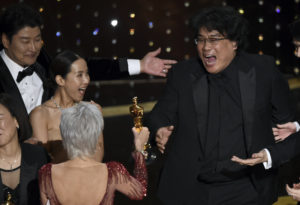
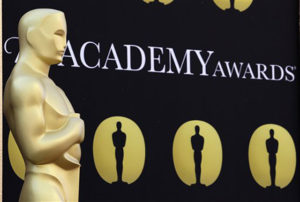
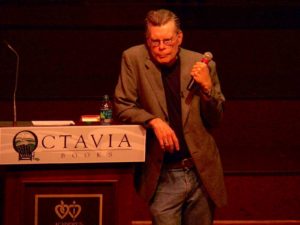
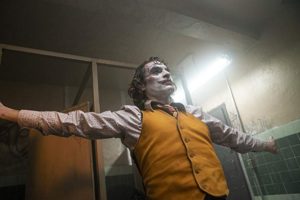
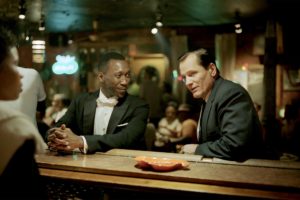
You need to be a supporter to comment.
There are currently no responses to this article.
Be the first to respond.